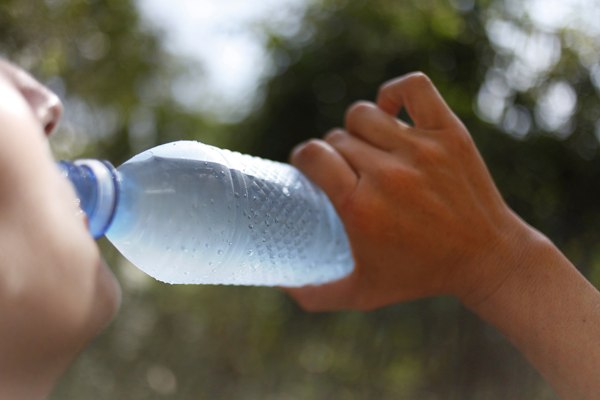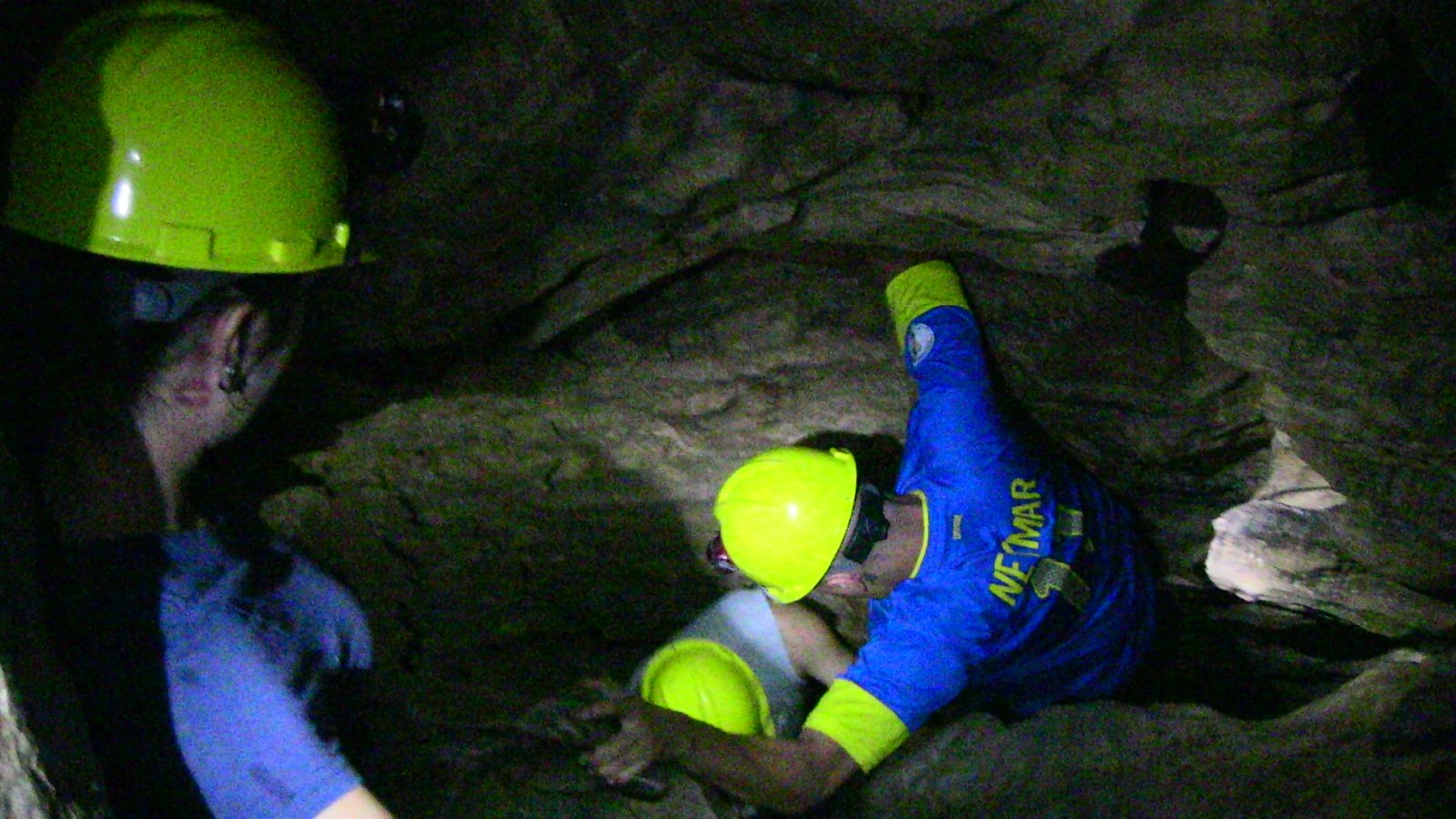As a newcomer to the full Nosara experience I was amazed at how light our wet season last October and how severe the dry season’s heat this March and April. I’m told it’s unusual but perhaps it’s the new normal. Now that we are in a pleasant pattern of wet and dry days and cooling breezes, perhaps it’s time to reflect on climate change.
The Interamerican Development Bank (IDB) has been gung-ho in their efforts to mitigate or find adaptive models for Latin America and the Caribbean. To quote their website “Unless drastic and immediate action is taken, a rise of 2 ̊C (about 3 ̊ F) and perhaps even more—over the preindustrial level—is now seen as all but inevitable. Because of the lagged effect of greenhouse gases already emitted and accumulating in the atmosphere, such a temperature rise is now considered to be structurally built into our future, to result in significant negative impacts on economic activities, social conditions, and natural assets by 2050.”
If we look at energy use (that is, oil equivalent kg per capita per year)) in Canada, Costa Rica, Mexico, United Kingdom and the United States, we use one-seventh the petroleum products here than in the US.
Costa Rica 998
Canada 7,380
Mexico 1,570
United Kingdom 3,252
United States 7,164
But life is unfair and Costa Rica, particularly here on the Pacific coast. Clearly, it will get hotter and drier as we advance through the 21st century. One focus of the IDB is tourism, land and water use along the Pacific coast, where Papagayo mass tourism, in particular, may be in for a shock when their golf courses and gardens go brown. Yes, they can desalinate seawater to keep it all green and beautiful, but the cost in energy may outweigh the benefits. I believe that Costa Rica’s tourism future is here in tiny Nosara, not at the Tamarindo’s Four Seasons, a name that is a true misnomer for Guanacaste’s sultry climate.







Comentarios